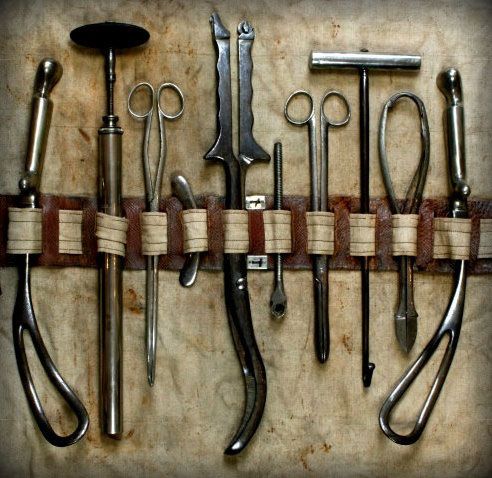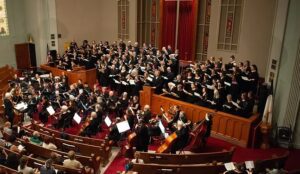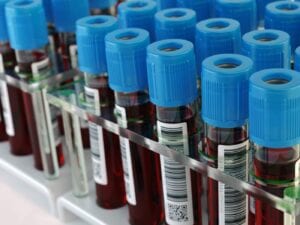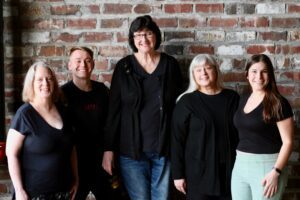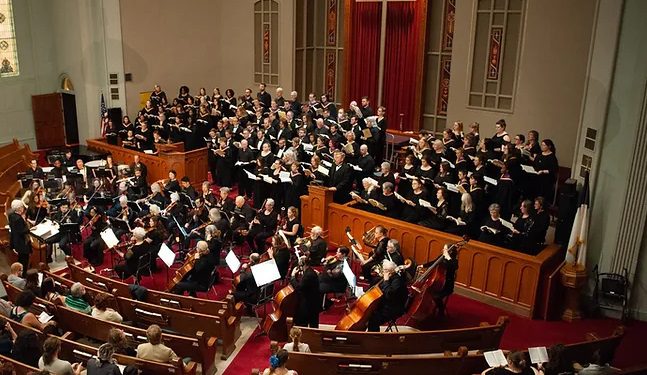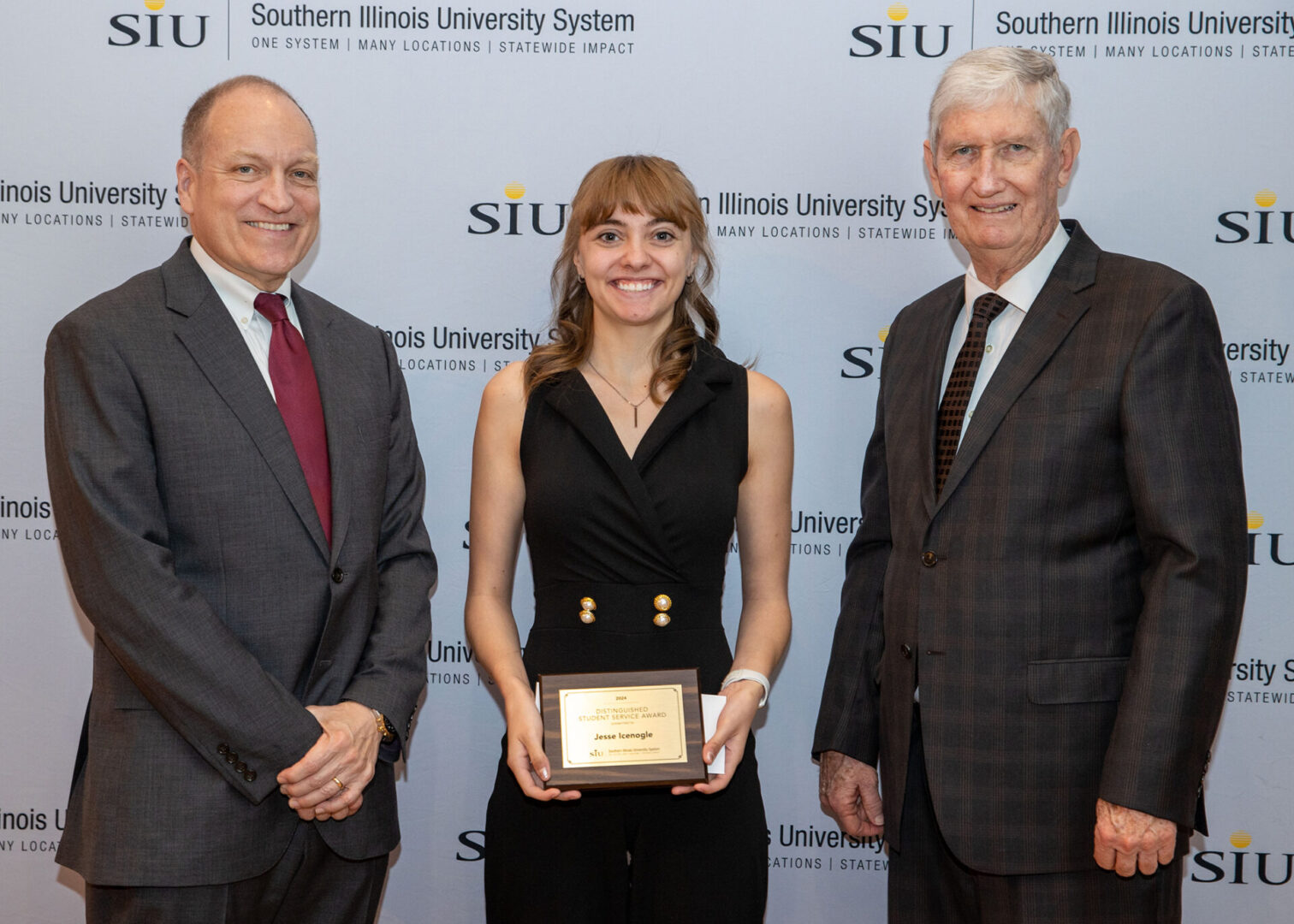MONMOUTH PHYSICIAN DYNASTY BEGAN IN 1837
“This is a pleasant location and bids fair to be a thriving town.”
That was the observation of Levi H. Brown, when he visited the recently incorporated town of Monmouth in 1837. A 23-year-old Quaker from Lancaster County, Pennsylvania, Brown made the rigorous journey to the wilds of Illinois with six companions in the days before railroads or paved roads.
Near the conclusion of the trip, Brown met up with his cousin, Dr. Samuel K. Webster. Webster and his family (also Quakers from Lancaster) were en route to Monmouth, where he would set up shop as Monmouth’s first physician. Fifty years later, in a letter published in the Oxford (Penn.) Press, Levi Brown chronicled his trip. Because many early Monmouth settlers from Pennsylvania followed the same route, it’s interesting to read the particulars of Brown’s journey.
The Brown party took passage on a canal passenger boat at Columbia, Pennsylvania for Hollidaysburg. There it was transported by rail over the mountains to Johnstown, then by canal boat to Pittsburgh. At Pittsburgh, business was at a standstill due to the “Specie Circular” issued by President Van Buren, requiring all public lands purchased by new settlers be paid for by gold or silver, rather than paper specie, which had flooded the market through speculators.
After waiting a day or two, the party secured passage on a steamer for St. Louis, via the Ohio River. On the way down the river they enjoyed a race with a rival steamer and also a “customary” explosion, caused by too much steam. Rounding the base of Illinois, they traveled up the Mississippi River to St. Louis at the “tremendous” rate of five miles an hour.
Describing St. Louis, Brown said: “The buildings here are very substantial; many of them built of stone quarried in the city limits and as white as chalk.”
They boarded the new steamer “Naples” for Pekin on the Illinois River. On that maiden voyage, champagne flowed freely and at each town of note the citizens would come on board and with food and drink to christen the boat. A cannon was taken on board at Naples and every town passed after that was saluted.
At Pekin, the party left the steamer, having been confined on board for 14 days, and drove 12 miles to a relative’s house. They remained there several days, after which four of the party purchased saddle horses and proceeded to view the state nearly as far north as Chicago and as far west as the Mississippi river. They came down from Rock Island to Monmouth on the old Army road.
From Monmouth the party traveled to Peoria, and made the return trip to Pennsylvania overland via a Dearborn wagon. The entire trip took more than two months and covered 3,000 miles. Levi Brown spent the rest of his life in Pennsylvania and Maryland, running a general store, a hotel and other business interests.
Meanwhile, Samuel Webster became one of Monmouth’s leading citizens and the first in a line of three prominent physicians. An 1837 graduate of Jefferson Medical College in Philadelphia, he had started for St. Louis that year, where he intended to locate. But as he passed through Monmouth, he was taken sick, and when he recovered the few families living in Monmouth demanded that he stay and provide the town with medical services. In 1851-52, Webster served as a state senator on the Whig ticket. When the village of Elllison was leveled by a tornado in 1858, he was one of the first responders and took one of the severely injured victims into his home. Tragically, Dr. Webster was killed later that year on a business trip to Wisconsin.
Samuel Webster’s son John came to Monmouth as a child and was educated in Macomb. He attended Juniata Academy in Pennsylvania and later entered Rush Medical College in Chicago, from which he graduated in 1858. He practiced in Monmouth and during the Civil War served as an assistant surgeon with the 83rd Illinois Volunteer Infantry. Over the years, 23 men and two women studied medicine under him, including several who would become prominent Monmouth physicians. One of John’s sons, Ralph, became a physician in Chicago. The other, Harry, was associated with the Second National Bank and managed the Pattee Opera House.
For nearly a century, the northeast corner of West Broadway and A Street held Webster family residences, two of which still stand in Monmouth. Dr. Webster’s first house, framed from logs in 1837, was moved north on A Street to make way for a Greek Revival-style residence in the 1850s. It was remodeled and expanded to become a doctor’s office for both Webster and his son. In 1919, it was moved to Sipher’s Addition, then moved again in the 1930s to the southwest corner of West Broadway and E Street, where it stands today.
Around 1912, the Greek Revival Webster house was moved to 218 East Girard Ave., to make way for the fine new brick home of Harry Webster. That home later housed the Regional Office of Education until it was razed in 2013 to make way for the expansion of Immaculate Conception School.
For Maple City Memories, I’m Jeff Rankin.


